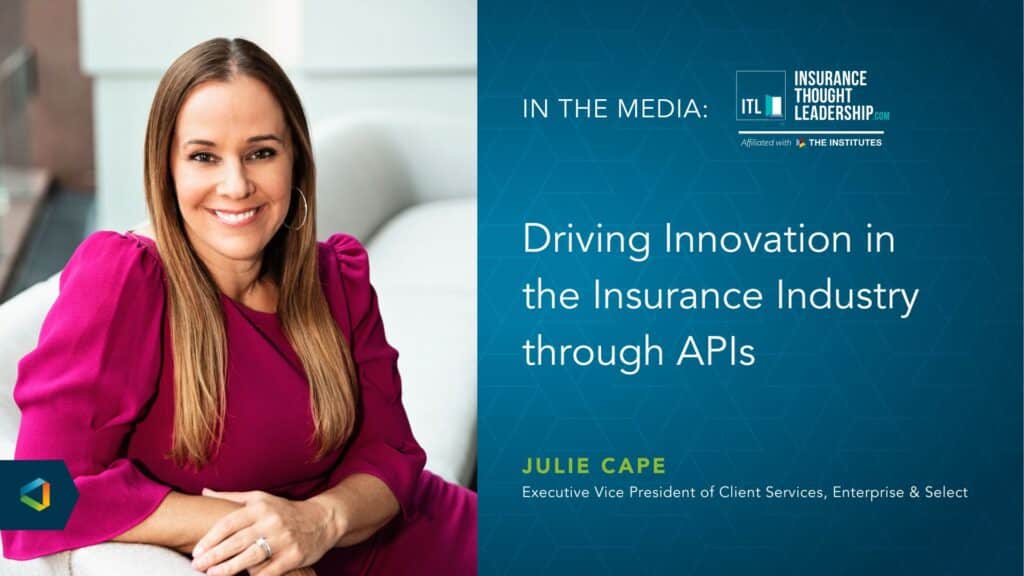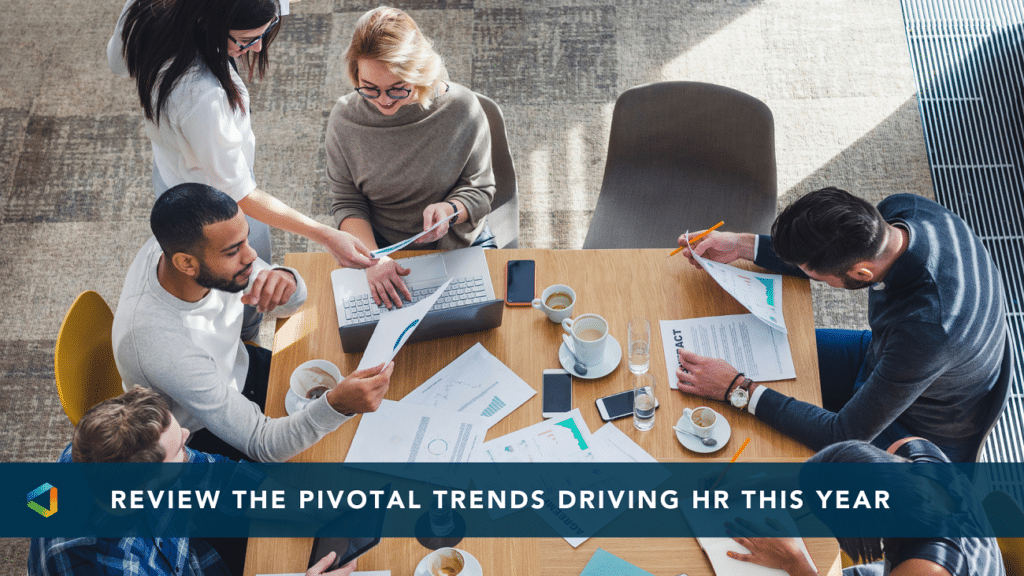Better Benefits
How Artificial Intelligence Will Reshape the Future of Healthcare
How Artificial Intelligence Will Reshape the Future of Healthcare
From virtual assistants to smart hairbrushes to Netflix, virtually every aspect of our lives has been affected and our everyday routines altered by new technology.
Developments in predictive analytics and even artificial intelligence (AI) show no signs of slowing and will soon be the cost of entry. These advancements in technology are simultaneously transforming the way we do business, enabling cross-sectional teams to make lighting-speed decisions. Employee benefits are no exception.
The advancement of automated technologies is modernizing how companies of all types operate, predominantly in the human resources space with the use of automated resume screeners to smarter onboarding and training processes. HR and benefits professionals, often without even realizing it, are leading the charge in the adoption of AI technologies in many organizations.
Eventually, Predictive Analytics Will Be the Norm Rather Than the Exception
The employee benefits industry has been going through a digital transformation for the past 5-10 years and remains in the initial stages of its automation and AI overhaul. But make no mistake, that transformation is inevitable over the next decade and will only continue to increase at a rapid pace. With employee benefits being the second or third largest expense for employers, it will come as no surprise that insight-driven decisions based on predictive analytics will become the norm rather than the exception.
While data analytics can be utilized to enhance the employee experience, progressive benefits consultants are looking at how this information can be used more broadly to control and reduce costs. For example, current claims data can determine the providers supplying the richest offerings, or put simply, the highest quality of care, at the most cost-efficient price. By highlighting specific physicians, hospitals and other healthcare facilities, organizations can build a narrow network that guides employees to specific providers, effectively controlling costs and enhancing outcomes across the entire covered population.
AI data can play an integral role in how businesses determine which benefits to offer by way of looking at utilization, demographics and claims. An organization can assess which programs are underutilized and make more specific decisions about their offerings, ultimately providing higher-value programs to employees and gaining a greater return on investment. How much more accurate would long-term organizational planning be, if business owners had insight into predictive analytics customized to their employee population?
A system utilizing AI would extract the demographic, geographic, laboratory and doctor visits, historical claims data and predict an individual’s probability of developing a condition. These data points would inform employers about how to best manage risk and select a long-term benefits program without the guesswork, eliminating the possibility of providing too much or too little coverage.
Trending Toward Technology
According to the Employee Benefit Research Institute (EBRI) over 60 percent of employees are now in a self-funded plan. The trend of employers moving to self-insured models means more employers are taking on the financial risk of healthcare, increasing the need for customized predictions that reflect a specific employee population. Having access to this data is going to be imperative for organizations to manage risk in order to keep the operation profitable.
Within the next three to five years, advanced technologies such as artificial intelligence will take the employee benefits market by storm, moving from vision to reality. AI will guide employees to make smarter healthcare decisions and give them the tools necessary to determine the best options for their team. But, the benefits of AI won’t be limited to the worker–every stakeholder in the healthcare game, including the employer will be able to capitalize on its benefit.
This evolution is far from over, so it is essential to align yourself with a benefits advisor who is ahead of the latest trends and understands which will be best for each of their clients and their unique goals. Contact your OneDigital Consultant to see how you can make more informed decisions about your healthcare funding decisions.




